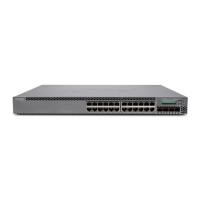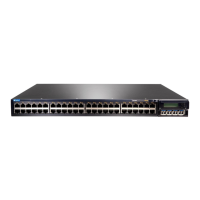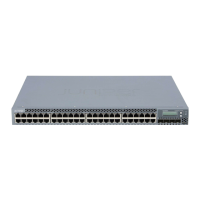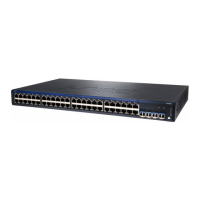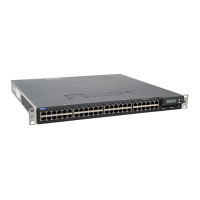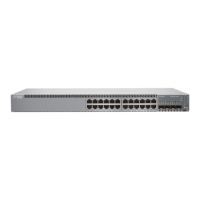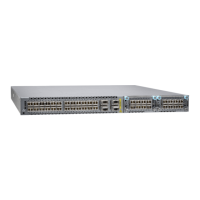•
Data Flow for RADIUS-Sourced DHCP Options on page 34
•
Multiple VSA 26-55 Instances Configuration on page 35
•
DHCP Options That Cannot Be Centrally Configured on page 35
Data Flow for RADIUS-Sourced DHCP Options
Figure 3 on page 34 shows the procedure subscriber management (DHCP management)
uses when configuring DHCP options for subscribers (DHCP clients).
Figure 3: DHCP Options Data Flow
Subscriber 31
Subscriber 32
Subscriber 60
Subscriber 2
Subscriber 30
DSLAM
g017524
2
1
Subscriber 1
6
5
DHCP local server
RADIUS
server
RADIUS client
4
3
The following general sequence describes the data flow when subscriber management
(DHCP management) uses RADIUS-sourced DHCP options and VSA 26-55 to configure
a DHCP subscriber (client):
1. The subscriber (DHCP client) sends a DHCP discover message (or DHCPv6 solicit
message) to the DHCP local server. The message includes client-sourced DHCP
options.
2. The DHCP local server initiates authentication with the Junos OS RADIUS client.
3. The RADIUS client sends an Access-Request message on behalf of the subscriber
(DHCP client) to the external RADIUS server. The message includes the subscriber’s
(DHCP client’s) client-sourced DHCP options.
4. The external RADIUS server responds by sending an Access-Accept message to the
RADIUS client. The Access-Accept message includes the RADIUS-sourced opaque
DHCP options in VSA 26-55.
5. The RADIUS client sends the DHCP options string to DHCP local server. If there are
multiple VSA 26-55 instances, the RADIUS client first assembles them into a single
options string.
6. DHCP local server processes all options into the DHCP offer (or DHCPv6 reply)
message, except for the RADIUS-sourced VSA 26-55 DHCP options. After processing
Copyright © 2017, Juniper Networks, Inc.34
DHCP and Other System Services Feature Guide for EX2300, EX3400, and EX4300 Switches
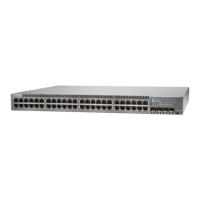
